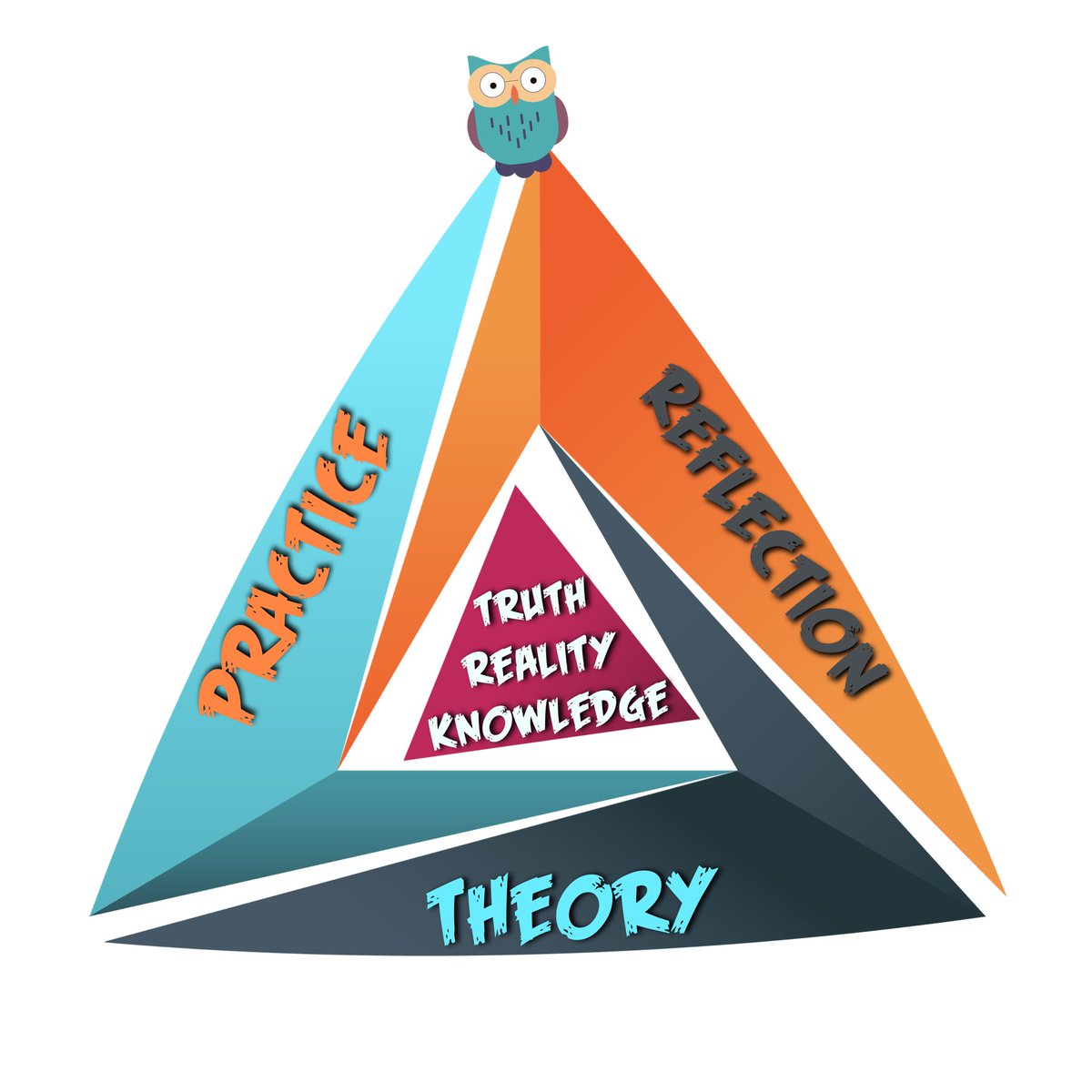
#Leaders should reflect upon the idea that two REALITIES exist (at a minimum): (1) REALITY that’s independent of our understanding and, (2) our perceptive experience of that reality. This leads to multiple questions for #leadosophy i.e., the fusion of leadership and philosophy.
It’s easy to conflate both REALITIES. For leaders, conflating both ideas of REALITY potentially leads one to dogmatically claim he or she owns the truth and understands current reality as it is.
Be wary of those who claim they “know” REALITY 1, but you and I do not or cannot. Leaders adopting this mindset are oppressive to some degree; they will have greater difficulties accepting new ideas + engaging in dialogic efforts with others to co-create REALITY.
Conflating REALITY 1 and REALITY 2 is problematic if you and I refuse to cognitively escape our independent + unique ideas of what’s real, what’s factual, what are our underlying assumptions, etc..
Our worldviews are restricted. What does this mean? Imagine your mind as a theater, and you’re trapped inside, unable to escape your limited understanding of REALITY 2 as it appears to you on the big screen. Then imagine that all of our minds are trapped inside diff theaters.
You are not allowed inside my theater of reality perceiving. The opposite holds true. In our separate theaters, all of our basic assumptions, values, ideas, fears and anxieties play out on the big screen. #Leaders must grasp the finiteness and incompleteness of worldviews.
If leaders can accept the idea of multiple REALITY 2’s, then they are better equipped to humbly accept new ideas and information from others, for the leader recognizes his or her cognitive limitations and the potential to miss or eschew mountains of info from others REALITY 2’s.
Leaders can center meaningful dialogue around the worldview of others prior to making hasty decisions in one example, by asking “What’s on your theater screen?” Why is this metaphorical question so important?
Because, in this spirit of dialogue, leaders seek to tap into the values, general knowledge, and deeply held assumptions of others. This marks the turning point for a leader. He or she no longer attempt to monopolize the truth and REALITY 1.
Rather, the leader seeks to reconcile REALITY 1 and REALITY 2, by using a co-creative approach in the development of a new REALITY 3, a reality we create and explore together. It’s here where we deepen our understanding of others. It’s here where we examine assumptions.
And, by adopting a REALITY 3 approach, leaders become more confident allowing power to diffuse throughout his or her team, department, organization, etc.
When leaders are no longer worried about over gripping power and control, they unlock the potential in others (power flows in all directions). This is a necessary condition for high performing teams, but this can only happen if leaders seek to understand other’s REALITY 2.
This collaborative approach to REALITY reconciling is not the path of least resistance, but the cognitive struggle to understand one another has enormous payouts.
• • •
Missing some Tweet in this thread? You can try to
force a refresh



